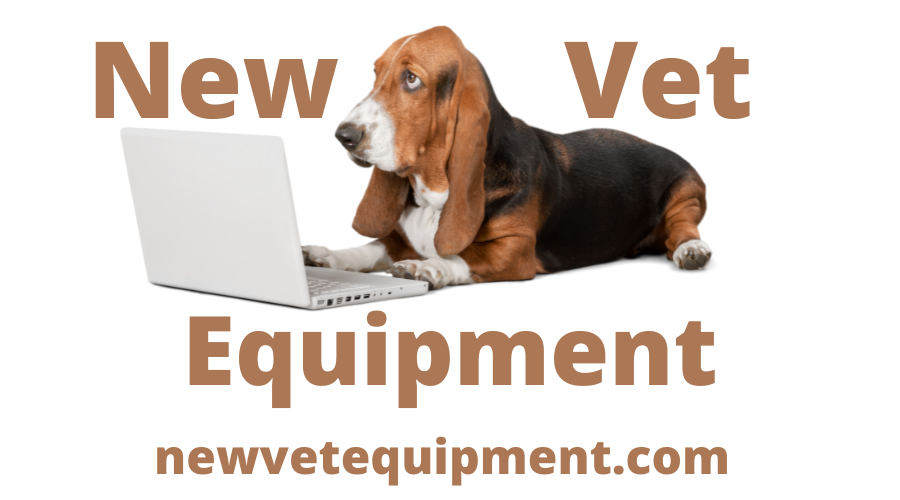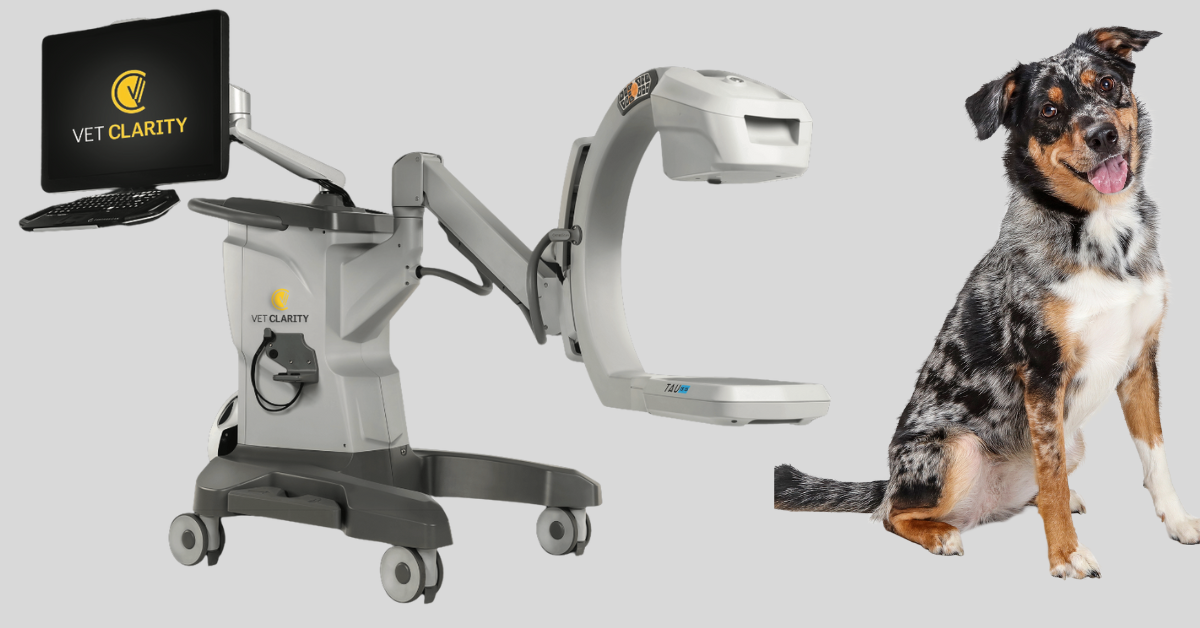C-Arms in Veterinary Medicine: Why They’re a Diagnostic Game-Changer
The Rising Value of C-Arm Imaging in Veterinary Care
As veterinary medicine continues to advance, one imaging tool is quietly becoming a staple in modern practices: the C-arm.
Whether you’re a high-volume orthopedic hospital or a general practice beginning to expand your surgical offerings, mobile fluoroscopy can dramatically enhance the way you diagnose, treat, and manage complex cases.
If you’ve ever wished you could “see what you’re doing” in real time—especially in tricky orthopedic or foreign-body cases—a C-arm may be the tool that changes everything.
What Exactly Is a C-Arm?
A C-arm is a mobile fluoroscopy unit shaped like the letter “C,” allowing you to position the X-ray source and detector around your patient.
Unlike standard radiography, which gives you a single static image, a C-arm provides continuous, real-time imaging during procedures. That alone is a significant shift in efficiency and surgical precision!
Why C-Arms Are Becoming So Valuable in Veterinary Medicine
1. Real-Time Imaging Improves Surgical Precision
In orthopedic surgery, millimeters matter. A C-arm allows you to visualize fracture alignment, implant placement, joint spaces, and angles as you work—not after the fact.
Instead of taking a radiograph, repositioning the patient, retaking views, and hoping the alignment is correct, surgeons can adjust in the moment. The result?
More accurate repairs
Shorter anesthesia times
Fewer surprises post-op
For busy practices, this can significantly increase surgical efficiency.
2. Better Outcomes With Fewer Repeat Procedures
When you can see your hardware placement or foreign body extraction in real time, you reduce the risk of missed pathology, implant misalignment, or incomplete removal.
That translates directly to:
Decreased complication rates
Higher client satisfaction
Stronger clinical outcomes
More predictable case progression
For hospitals offering advanced procedures, this is a significant competitive advantage!
3. A Game-Changer for Complex Soft Tissue and Emergency Cases
While C-arms are often associated with orthopedics, their usefulness extends beyond bone.
They’re invaluable for:
GI foreign body retrieval (especially linear or oddly shaped objects)
Urethral obstructions and stent placement
Hepatobiliary procedures
Interventional radiology cases (coiling, embolization, biopsies, contrast studies)
Being able to visualize contrast flow or track movement in real time can significantly improve the efficiency of a case.
4. Faster Workflows and Less Guesswork
Because fluoroscopy allows for continuous guidance, you’ll spend less time repositioning patients, capturing additional radiographs, and navigating blindly.
This means:
Shorter procedure times
Reduced radiation exposure overall
Less staff fatigue
More predictable scheduling
For practices trying to increase surgical caseload while maintaining quality of care, efficiency matters.
How C-Arms Strengthen ROI for Veterinary Hospitals
Investing in a C-arm is often easier to justify when you understand where the return comes from. Practices typically recover their investment through:
1. Increased Surgical Case Volume: Offering fluoroscopy-guided procedures attracts more referrals and allows general practices to expand into higher-value services.
2. Higher Value Procedures Per Case: Fluoroscopy enables procedures that often carry higher revenue, like fracture repairs, interventional procedures, and advanced foreign body removals.
3. Improved Efficiency: Shorter anesthesia times and quicker surgeries mean you can complete more procedures safely within the same day.
4. Reduced Post-Op Complications: Fewer rechecks, fewer corrective surgeries, and fewer client issues all bolster profitability and client trust.
Even modest increases in monthly surgical volume, 1–3 additional fluoroscopy-guided cases, can rapidly close the gap on costs.
Why More Practices Are Considering a C-Arm Right Now
As more veterinary hospitals expand their orthopedic and soft-tissue capabilities, and as pet parents increasingly expect (and seek) advanced care, the demand for real-time imaging is growing.
C-arms offer:
Diagnostic clarity
Enhanced surgical confidence
The ability to perform procedures once reserved for specialty hospitals
And with modern systems becoming more cost-effective and user-friendly, they’re no longer limited to large specialty centers.
A C-arm is truly a tool that changes how surgeries are performed and how confidently your team can navigate complex cases.
Suppose your practice is looking to elevate its surgical offerings, reduce complications, or simply streamline procedures with more precision. In that case, a C-arm may be one of the best diagnostic tools to consider.




